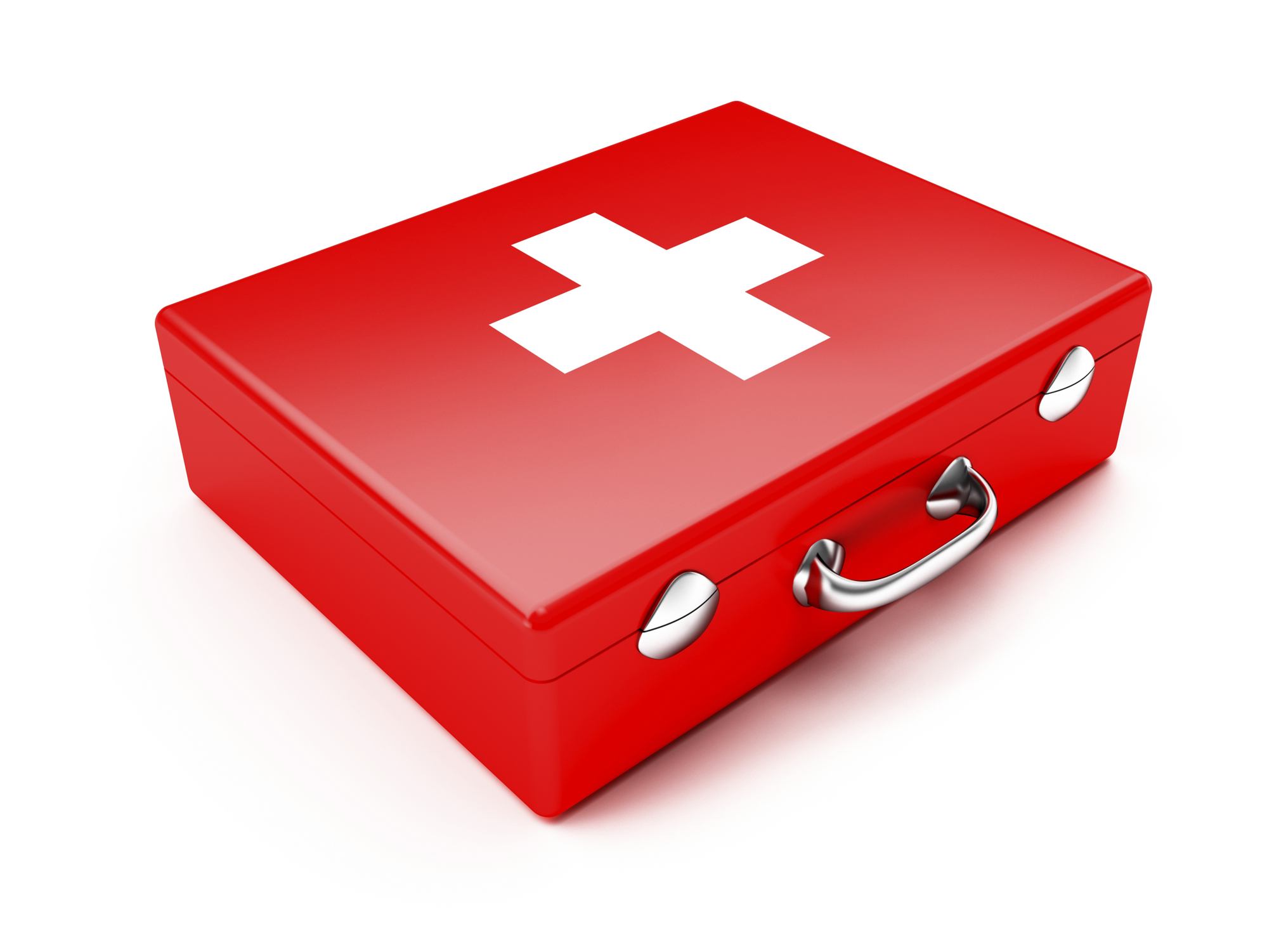I find the herbal first aid kit an important addition to my travels. First aid does not have to mean something serious. Rather, it can just mean the “first” thing you would use to “aid” the problem at hand.
KEEP IT PORTABLE
Sample-sized perfume vials are the perfect vessel for carrying a single dose of a liquid extract or essential oils. Film canisters make handy containers for small amounts of dried herbs, ointments, and oils, as do sample cosmetic containers. Jewelers’ plastic zip pouches are great for capsules and dried herbs. Whatever clever packaging you devise, be sure to clean it thoroughly of its previous contents.
STANDARD FIRST AID SUPPLIES
- Roller gauze and a small roll of surgical tape. These can be used creatively to cover any type of bleeding injury as well as hold a poultice in place. Think you would never need a poultice for a day trip? How about something as simple but annoying (and sometimes downright painful) as a splinter? Of course you won’t be carrying a ripened banana peel in your first aid kit, but there are supermarkets everywhere, and with the help of roller gauze and surgical tape, you’ll be able to affix the peel to the affected area. Cut the part of the peel that contains a dark spot…that is where the enzymes are highest and have a drawing action. Place the pulp side over the splinter (or sliver of glass or tick part left behind) and the enzymatic action will draw the foreign substance to the surface overnight.
- A miniature penknife for cutting bandages; scooping herbal preparations from their containers, mixing preparations, etc.
- Antiseptic wipes, a small vial of hydrogen peroxide.
ANDREA’S FIRST AID KIT
- Powdered cayenne, known as the herbalist’s first aid herb, can be used externally for bleeding cuts or internally for sinus headaches, asthma attacks, to stop nosebleeds, or to revive someone from a fainting spell.
- Powdered echinacea can be applied dry to cuts and wounds, hydrated with water or juice, and given at the first sign of a cold or whatever seems to be causing one to be out of sorts. My philosophy is this: when in doubt, give echinacea. Our immune systems can always use a little boost!
- Dr. Christopher’s Sinus Plus comes in capsule or liquid form and is a great herbal decongestant for sinus infection, hay fever, and allergy.
- Peppermint oil can be put in water to sip and inhale for digestive upset, nausea, headache, and sinus congestion. A tiny bit can be applied to the temples for headache, as well.
- Ginger capsules for motion sickness, as well as digestive upsets. Strong candied ginger also works.
- Dr. Christopher’s BF&C ointment can be used for itches and irritations, bumps, and bruises, even for chapped lips. You can transfer just a little from its original container into an old lip gloss pot.
- Aloe gel can calm a burn, skin irritation, or sunburn.
- Vitamin E is good for minor burns, insect bites, and stings. Include a gel capsule and a straight pin for puncturing to extract its oil.
- Mullein oil can be dropped into the ear at the first sign of trouble or applied to a scrape.
- Garlic oil can be dropped into the ear, along with mullein oil, if you suspect infection. It can also be given internally, along with echinacea for anything about to become a something!
- Bach Flower Rescue Remedy can be used for all sorts of emotional issues. It can provide emotional support due to a physical trauma or restore equilibrium in a toy store tantrum.
- Probiotic capsules (shelf stable only) if the stomach is “off”.
- Dr. Christopher’s Lower Bowel Formula. Many people find that traveling can cause the bowels to go off schedule, and this herbal combination is excellent for constipation. It comes in capsules and in liquid form for children.
- Nervine formula. Sleep patterns are often disturbed while traveling. A formula containing nervine herbs such as valerian, passionflower, and hops helps provide a good night’s sleep.
- Keep your kit fresh. Periodically review the freshness of your kit’s herbs. Herbs exposed to heat and humidity may lose their potency faster than those stored properly at home. Determine freshness by taste, appearance, and smell.
Once you’ve assembled your first aid kit, you’ll see how very different it is from the standard version. Your kit will be so versatile that you’ll be ready to help everyone around you.
Andrea Candee, MH, MSC, is a master herbalist with a practice in Westchester County. Media expert and author, her award-winning book, Gentle Healing for Baby and Child (Simon & Schuster), received The National Parenting Center’s Seal of Approval. She may be contacted through her website, AndreaCandee.com (to receive her free e-letter, click on Did You Know?), or at 877 856 7680.
